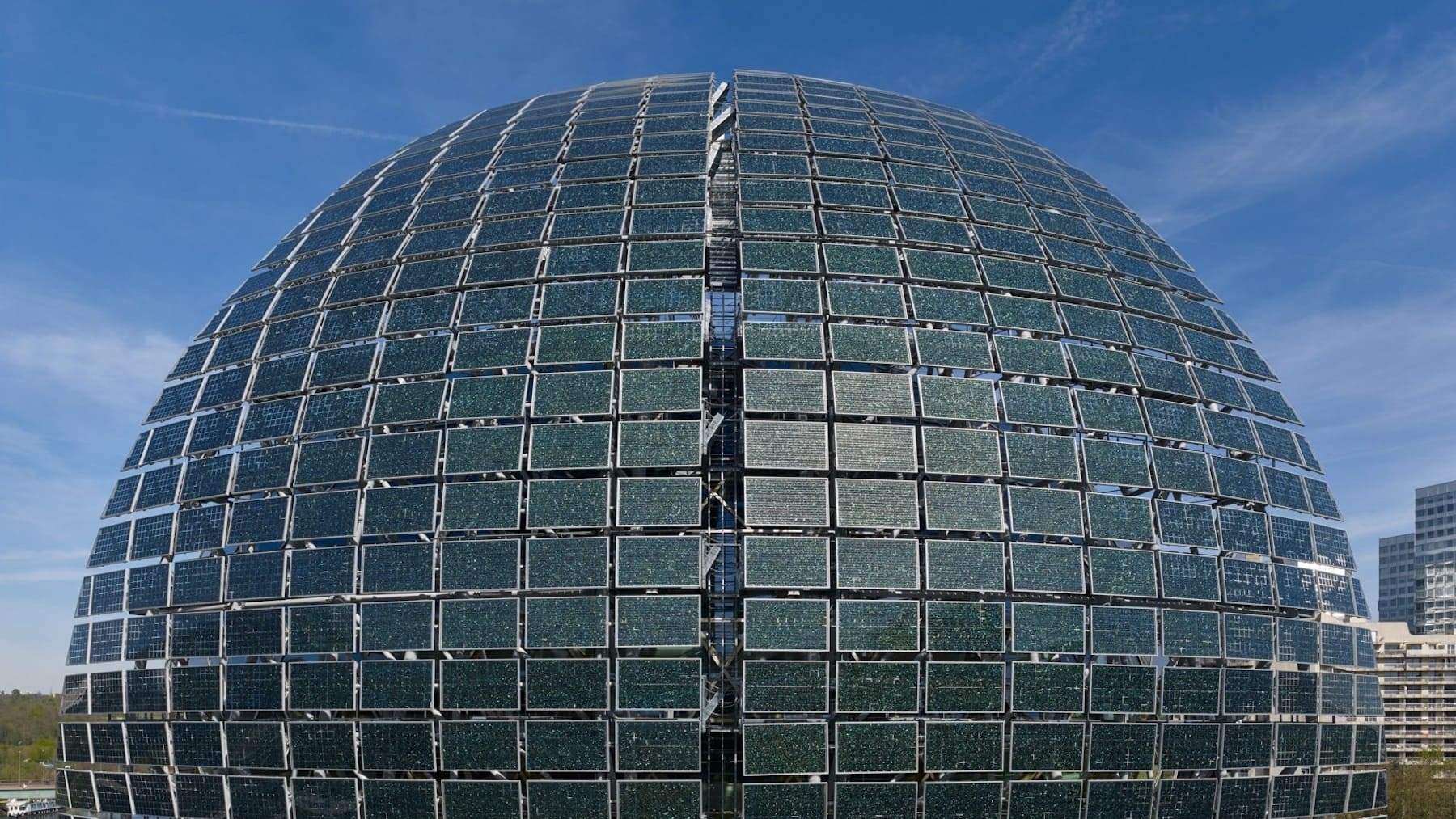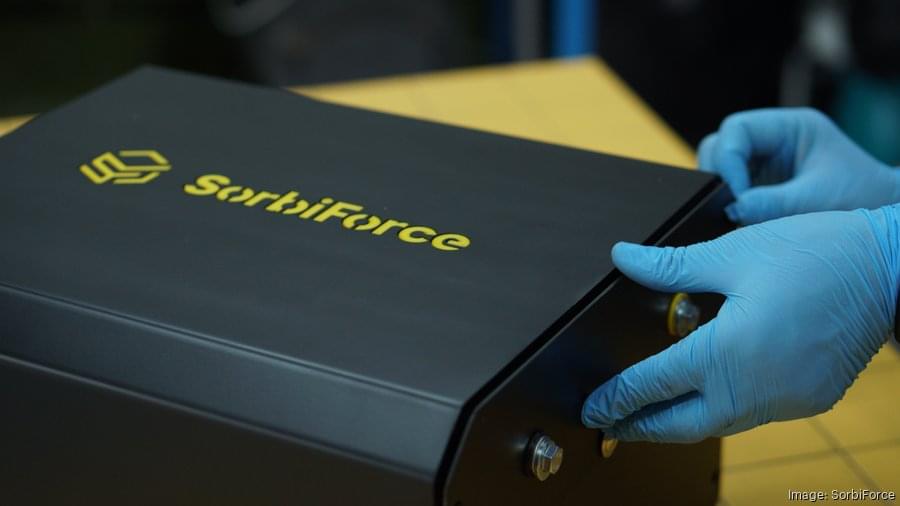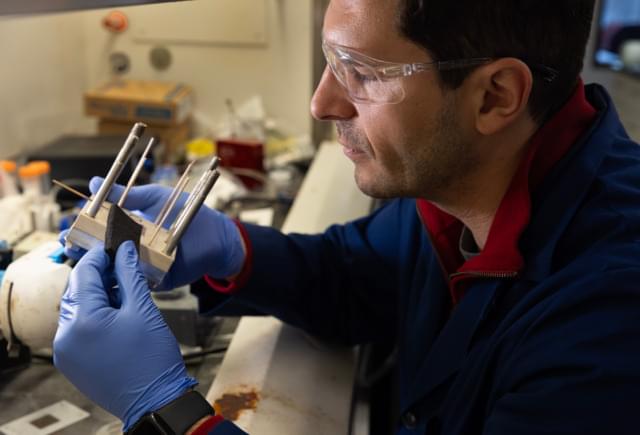Although air pollution is associated with worse cognitive performance, whether these relationships differ by cognitive domain and which sources of air pollution are particularly detrimental to cognition remains understudied. This study examined associations between cognitive scores across three domains in older adults and 8–10 years of exposure to air pollutants (NO2, total PM2.5, and PM2.5 from different emission sources).
Methods.
We used data from the 2018 Harmonized Cognitive Assessment Protocol sub-study of the English Longitudinal Study of Ageing (N=1,127). Outdoor concentrations of each pollutant were estimated for 2008÷10−2017 and summarised using means and group-based trajectories. Linear regression models were used to assess long-term air pollution exposure relationships with memory, executive function, language, and global cognitive function after adjustment for key individual and neighbourhood-level confounders.






